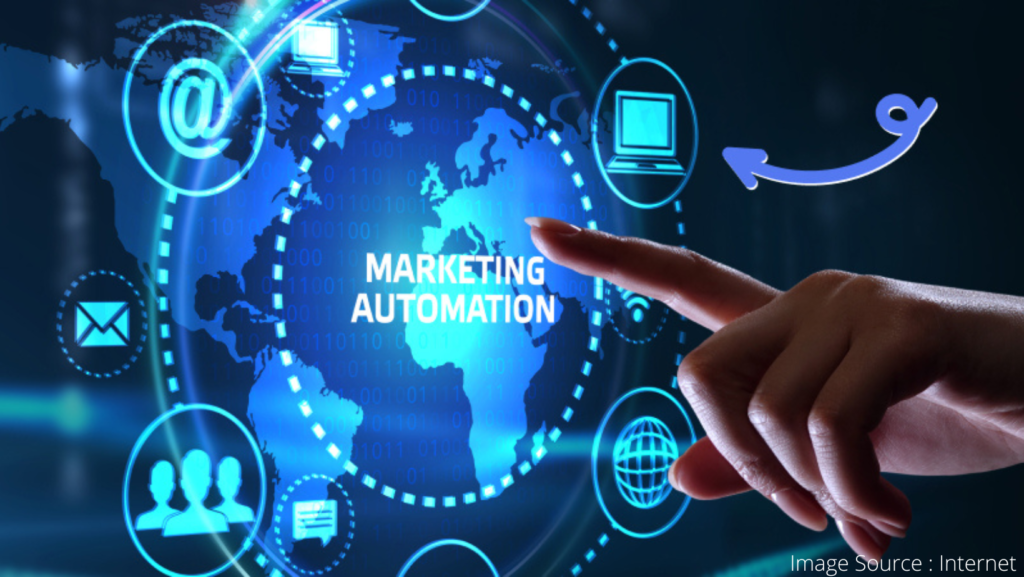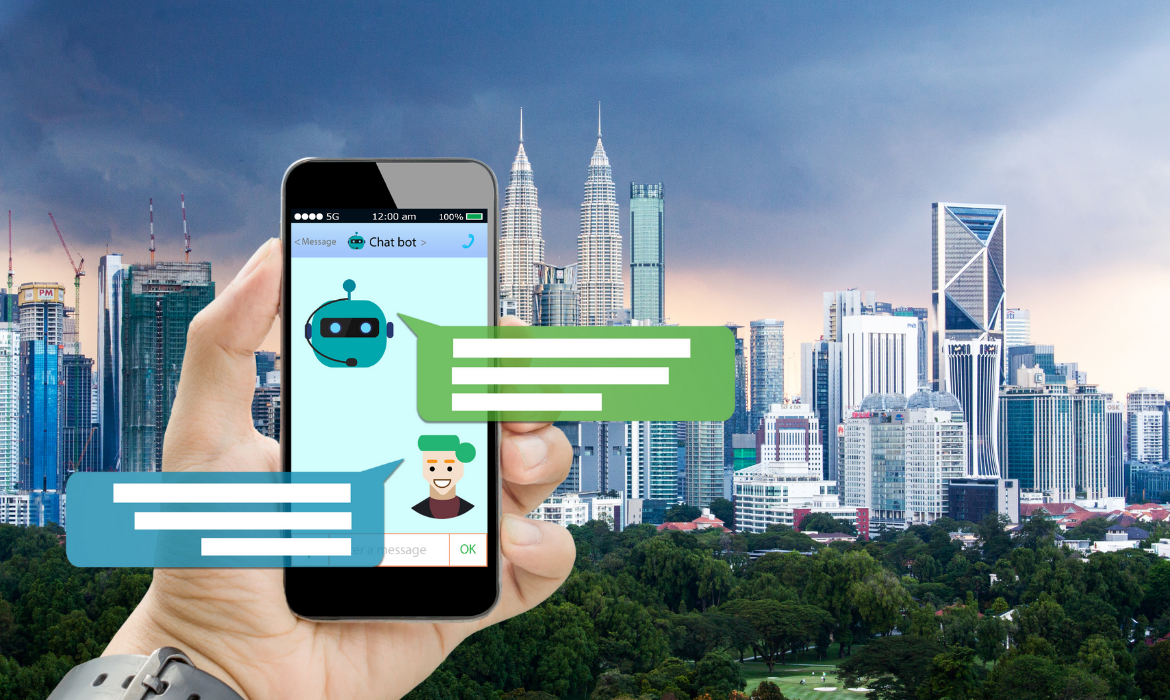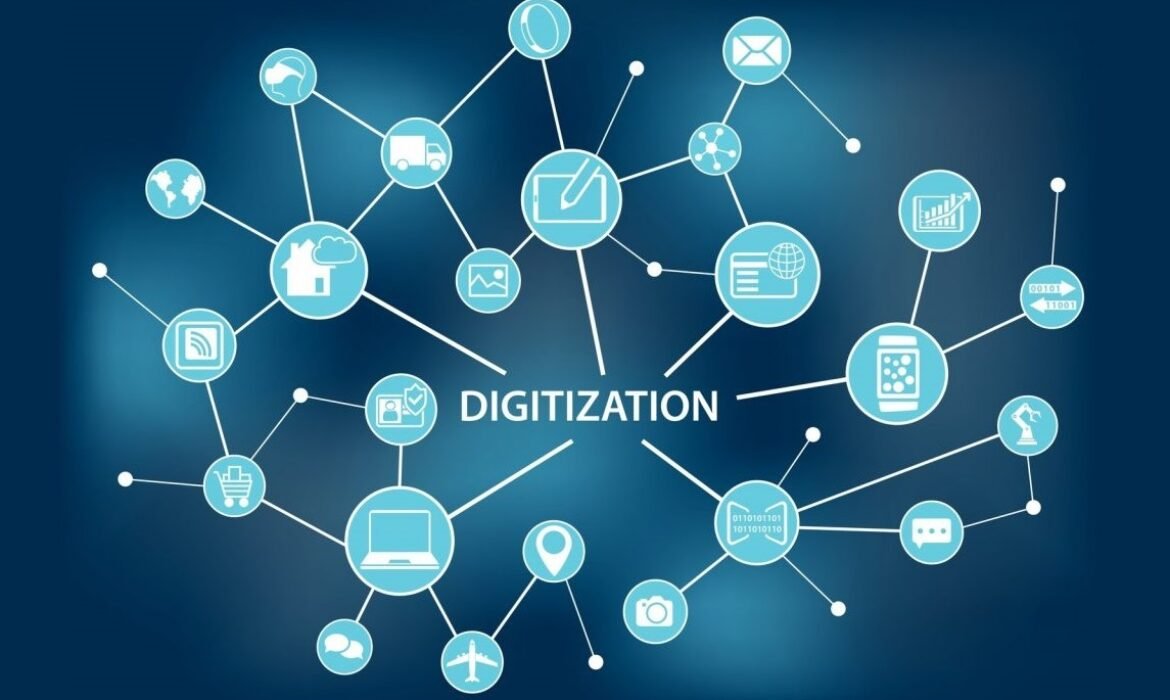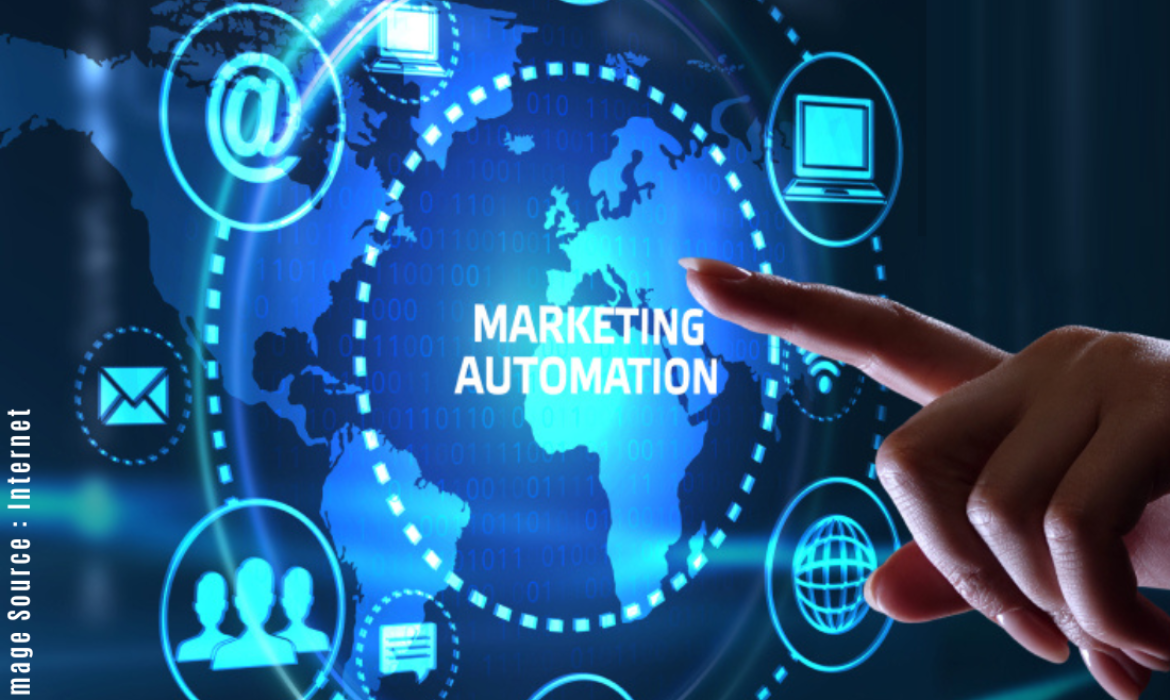How to optimize e-commerce website to boost sales ?
Optimizing your ecommerce website is essential for improving user experience, increasing traffic, and boosting sales. Here are some tips to optimize your ecommerce website:
Simplify Navigation: Make it easy for visitors to find what they’re looking for. Use clear categories, labels, and subcategories that are easy to understand.
Optimize Site Speed: Slow loading times can lead to high bounce rates and poor user experience. Optimize images, reduce redirects, and use caching to speed up your website.
Mobile Optimization: With the increasing use of mobile devices, optimizing your website for mobile is crucial. Make sure your website is responsive, and the design is optimized for mobile screens.
Use High-Quality Product Images: Use high-quality images that showcase your products from different angles. Ensure the images load quickly, and include zoom-in features so customers can examine the details.
Improve Product Descriptions: Ensure your product descriptions are detailed, informative, and highlight the benefits of your products. Use bullet points, and keep the descriptions concise.
Provide Easy Checkout: A complicated checkout process can lead to shopping cart abandonment. Ensure the checkout process is simple, quick, and requires minimal information.
Use Reviews and Ratings: Displaying customer reviews and ratings can help build trust and credibility with potential customers. Encourage customers to leave reviews and ratings on your website and other platforms like Google and Facebook.
Utilize Search Engine Optimization: Optimize your website for search engines to increase traffic to your website. Use relevant keywords in product titles and descriptions, and ensure your website’s metadata is optimized for search engines.
Integrating social media : By making it easy for customers to share your products on social media, you are also encouraging engagement with your brand. Adding social media share buttons can also enhance the user experience on your ecommerce website. Customers can easily share products they love without leaving your website, which can improve their overall experience and increase the likelihood of a purchase. This can help build a community of loyal customers who are more likely to make repeat purchases.
Overall, optimizing your ecommerce website involves providing a user-friendly experience, high-quality product images, descriptions, and easy checkout processes, while also improving visibility through search engine optimization.
How AI chatbots helping real estate industry grow faster & better ?
A chatbot is an automated software program designed to simulate conversation with human users, typically over the internet. Chatbots use natural language processing (NLP) and artificial intelligence (AI) technologies to understand and interpret user inputs and generate appropriate responses.
Chatbots can be designed to perform a wide range of tasks, including customer service, sales, marketing, and information gathering. They can be integrated into messaging platforms such as Facebook Messenger, WhatsApp, and Slack, as well as websites and mobile apps.
Chatbots can be programmed to respond to user inputs in a variety of ways, including providing information, answering questions, executing tasks, and even engaging in small talk. They can be designed to handle a high volume of user interactions, providing faster and more efficient customer service and support than traditional methods.
Overall, chatbots can help businesses to streamline their operations, improve customer engagement and satisfaction, and reduce costs associated with human labor.
Chatbots can be very helpful for the real estate industry. Here are some examples of how businesses in this industry can use chatbots:
Property Listings: Chatbots can provide customers with updated property listings based on their requirements, such as location, price range, and size.
Customer Support: Chatbots can provide 24/7 customer support, answering questions related to property listings, rent and lease agreements, and other general inquiries.
Appointment Scheduling: Chatbots can be used to schedule property viewings and appointments with agents for calls, meetings or site visits reducing the need for human intervention and increasing efficiency.
Property Information: Chatbots can provide customers with detailed information about the properties they are interested in, including property features, floor plans, and virtual tours.
Mortgage and Financing: Chatbots can provide customers with information about mortgage and financing options, helping them to make informed decisions about their property purchases.
Lead Generation: Chatbots can be used to capture leads from customers who are interested in a particular property, and follow up with them for further sales activities.
Automated Lead Capture: Chatbots can be programmed to capture leads automatically, by asking relevant questions and collecting information from customers who interact with them.
Lead Scoring: Chatbots can be designed to score leads based on their level of engagement and interest, allowing businesses to focus their sales efforts on the most promising leads.
Qualifying Questions: Chatbots can ask qualifying questions to help businesses determine if a lead is a good fit for their products or services. These questions can be designed to uncover information about the lead’s needs, budget, timeline, and more.
Pre-Sales Support: Chatbots can provide pre-sales support to leads, answering questions and providing information that can help them make informed purchasing decisions.
Follow-Up: Chatbots can be programmed to follow up with leads who have shown interest in a business’s products or services, providing additional information and nudging them towards a purchase.
Overall, chatbots can help businesses in the real estate industry to provide better customer service, increase efficiency, and improve customer satisfaction.
Let’s start with Dizitude chatbot solutions for real estate today.
How to increase your leads conversion rate ?
Converting leads into customers is essential for the success of any business.
Here are some tips to help you increase your leads conversion rate:
Respond quickly: Respond to leads as quickly as possible, preferably within the first hour of receiving the lead. This will demonstrate your commitment to the customer and increase the chances of converting the lead into a sale.
Personalize communication: Personalize your communication with the lead by addressing them by name and tailoring your message to their specific needs and interests.
Provide value: Provide value to the lead by offering useful information or resources that address their needs and pain points. This will build trust and demonstrate your expertise.
Use social proof: Use social proof such as customer testimonials, case studies, and online reviews to demonstrate the value of your product or service and build credibility with the lead.
Create urgency: Create a sense of urgency by offering limited-time promotions or highlighting the scarcity of your product or service. This can help motivate the lead to take action and make a purchase.
Follow up regularly: Follow up with leads regularly to maintain engagement and keep your business top of mind. This can be achieved through email marketing, phone calls, or social media.
Continuously optimize: Continuously analyze and optimize your lead conversion process by tracking metrics such as conversion rate, time to close, and cost per lead. Use this data to identify areas for improvement and refine your approach.
By implementing these tips, you can increase your leads conversion rate and drive more sales for your business.
10 Unknown Benefits of Digitalization You Should Be Aware Of!
Organizations are seeking to incorporate digital technology in order to stay competitive, promote production and efficiency, and increase profit margins in this intensely competitive market. Because of its ability to induce significant revolutions in how organizations run through improving internal business processes, digitalization has taken the corporate world by storm.
Increased efficiency, productivity increases, lower operating costs, improved customer experiences, higher agility, enhanced staff morale, social inclusion, greater transparency, improved competitive edge, and speedier decision-making are just a few of the benefits of digitalization.
In this blog, we’ll look at the benefits of digitization for businesses.
What exactly is digitalization?
The process of utilizing digital technology to modify a corporate model in order to increase revenue or value-added prospects is known as digitalization. It is the transition to digitalization.
It encompasses the process of adapting traditional methods of operation to new technologies that embrace the promise of digital technology to collect data, discover patterns, and make better business decisions.
Top 10 Benefits of Digitalization
Organizations all over the world are changing their operations to make them digitally compliant. Many organizations have recognized the value of digitalization and have already converted to or invested in new marketing strategies. Consider the following: communications, music, eBooks, and internet commerce.
It is common knowledge that firms must constantly adapt in order to remain viable. Organizations in today’s digital world have no choice but to engage on the digitalization road.
Some of the benefits of digitization in business include increased efficiency, cost savings, and increased output. To summarize, it is literally a question of death and life for them.
The following are the top ten benefits of digitization:
1- Process Improvements
Every organization is constantly seeking new ways to increase efficiency. If you want to increase your business efficiency, you must begin on a digitalization path.
When a business procedure is automated, you should expect consistent results. Process automation and related company rules will assist your firm in achieving better openness and fairness.
Efficiency is described as the effective use of time, effort, and money to perform a task or accomplish a goal. One of the major benefits of digitization is that it reduces the amount of time it takes to perform a task, the amount of work required to complete it, and the expense of doing it correctly.
2- Increased Productivity
When simply automating manual repetitive operations, you relieve your staff from mundane job tasks and enable them to focus on more complex and innovative efforts that will help your organization run more efficiently.
Tasks can be completed more quickly and with fewer errors with the automation of business process solutions. Finally, process automation allows people to make greater use of their work time.
3- Reduce Operating Expenses
The goal of every business owner is to save hours and, more significantly, money. Because manual tasks and processes are performed one at a time, they are inherently slower than automated activities and processes.
Digitalization allows you to make the most efficient & cost-effective use of the primary resources.
4- Improve Transparency
Vital metrics can be collected and reported on to give you the critical information you require, based on the process you’ve chosen to automate (finance, billing, collections, sales, and/or support). Long-term success requires transparency in company procedures.
5- Consistency and quality
One of the most significant benefits of digitalization is that it ensures that each activity is performed consistently, resulting in high-quality, trustworthy output.
If you automate the customer service follow-up procedure, for example, your customers will always receive the same level of service from your organization.
Because of the certainty of quality and consistency, as well as the benefits of time and efficiency, you may develop a better understanding of higher-quality, greater feature-rich goods with little or no change in manufacturing time and costs.
6- Human Error is reduced
When procedures are automated, the possibility of human error is greatly reduced.
Humans are more likely to make mistakes than machines when performing jobs. Machines never tire and may operate continuously 24 hours a day. So let us delegate what we don’t want to do to computers and focus on more difficult things.
7- Reliability and Governance
You can rely on automated processes since they are constant. Workflow automation’s dependability ensures that important corporate governance operations were completed on time and in accordance with the law.
8- Increased Agility
Businesses must adapt to the fast-paced digital world now more than ever. They have to be able to react quickly to any market move, disruption, or fresh opportunity.
Organizations must be agile enough just to shift directions quickly, and to do so, agile approaches must be used throughout all departments.
9- Increased Employee Morale
Employees’ ability to learn, grow, and advance professionally is hampered when they are obliged to focus on manually repetitive duties. Employees gain from digitization since it eliminates these monotonous tasks, allowing them to focus on more important efforts and therefore improving morale.
10- Improved decision-making
Information management and digitalization go hand in hand since knowledge is created through the analysis of information, which results in improved decisions.
How Marketing Automation is changing the business landscape

Marketing automation technology is increasingly becoming an essential component of today’s business landscape. Marketers are discovering new ways to leverage marketing automation and CRM software to improve customer care, and digital marketing campaigns are generally taking their organizations to the next level, armed with rapidly rising customer data and a consumer base that is more digitally savvy than ever before.
This blog will look at how marketing automation is already influencing the industry and how CRM marketing automation may help your business grow faster. Before we get there, let’s define CRM automation.
What Exactly Is CRM Automation?
CRM (customer relationship management) automation refers to the method of integrating software to assist businesses in better managing their customer interactions. Automating client contact operations, tracking customer interactions, including managing customer data are all examples of this.
CRM automation is already having an impact on corporate operations. For example, automating specific operations such as responding to customer emails and phone calls, has helped to reduce customer service expenses. It has also aided in improving transaction speed and accuracy by automating the process of recording sales information.
CRM automation is going to have an even greater impact on firms as it evolves. CRM automation may help to automate operations such as marketing campaigns and product releases in the future. Companies would be able to focus their resources on other vital projects rather than tracking these behaviors.
What Impact Does Marketing Automation Have on Business?
Marketing automation is transforming the way firms function by automating many of the operations associated with marketing campaigns. This automates much of the work that was previously performed by humans, freeing up time and resources for more strategic activities.
Accelerating the process of creating and executing campaigns is one of the most typical marketing automation changes in the business. Companies can now launch ads faster and track results more precisely than ever before thanks to automation. Automation also enables more precise targeting of promotional efforts, ensuring that your campaigns reach the appropriate people at the right time.
Furthermore, marketing automation can assist organizations in tracking their development and correctly measuring their success. This data can then be used to fine-tune future campaigns and improve overall business operations
The Benefits of a CRM Marketing Automation
A marketing automation system can have a wide range of effects on your company. Here are five major advantages to using one:
Enhanced Efficiency
With a system in place, you can more effectively track and measure your marketing activities. This can assist you in determining where you can improve efficiencies and where new methods may be required.
Improved Engagement
Will help you engage your customers more effectively. Automating chores like email marketing can boost the likelihood of your customers opening and respond to your messages. This will result in improved conversion rates and higher sales volumes with the help of email marketing.
Improved Customer Connections
With a system in place, you can more effectively track and measure your marketing activities. This can assist you in determining where you can improve efficiencies and where new methods may be required.
Improved Engagement
Will help you engage your customers more effectively. Automating chores like email marketing can boost the likelihood of your customers opening and respond to your messages. This will result in improved conversion rates and higher sales volumes with the help of email marketing.
CRM marketing automation is among the most recent and fascinating company trends. It enables businesses to automate their marketing activities, saving time and money.
Businesses can use marketing automation tools to track and analyze their marketing initiatives. This data can then be utilized to develop future campaigns, identify which campaigns are most effective, and track the outcomes of each campaign.
CRM marketing automation automates the creation of personalized emails, newsletters, as well as other marketing materials. This reduces the amount of time-consuming physical labor.
CRM marketing automation is transforming how firms sell their goods and services. It is a critical tool that may help businesses become more productive & cost-effective. If you want to learn more about CRM marketing automation or wish to automate your business CRM process get in touch with Dizitude Marketing automation experts.
4 ways to make Live Chat Software & Chatbots useful for Lead Generation
It’s undeniable that we all have noticed sweeping boost in live chat widgets on websites from over last few years. This certainly matches with the augmentation of chatbots. You can call chatbot a new spin on the concept of live chat that leverages on the mount of social media and instant messaging apps.
Chatbot technology isn’t just another whim but this technology is proving out to be promising in many ways. Studies suggest that around 69% consumers like talking to chatbots for their instant ability to communicate, as against calling customers directly and sending an email. In today’s fast paced life no one has time to wait for someone to read and reply to your mails. Luckily, businesses understood the need of introducing this technology, and as per research from Oracle, around 80% of businesses have already launched a chatbot of some kind by 2020. Another research from Juniper states that chatbots are expected to save businesses $8 billion in costs. In this blog, you will get to know how bots will help you generate leads.
Lead generation gets automated with bots
What’s best about live chat widgets and chatbots is that they are 100% automated. Once they’ve been set, the bots will keep attracting leads regardless the amount of traffic you throw at them. Also, you don’t require anyone to operate them either.
It is more than mere using widgets all over your website to fetch results. There has to be sound strategy in place to identify those points where bots can get useful for the user.
Here are 4 ways through which bots generate valuable leads by boosting the experience on your website.
#1: Extend help to users who appear lost
Live chat widgets can be commonly seen on home page of a company. Almost every site has live chat widgets on their page by default. You will find these appearing right after short delay or as soon as the page gets loaded.
The problem with these instantly appearing widgets is that they pop up too quickly while the user is still busy in seeing page offering. Themes that offer longer delay on chat widget are best as they improve the overall experience.
Its best to trigger live chat widgets at a time when it seems like a user is about to leave your website.
#2: Get users engaged when they want to leave your site
You might have seen exit-intent popups and probably seen exit-intent web forms. Tido as a bot platform enables you to establish exit-intent chat experiences that pop ups at a time when user appears as if they’re about to leave.
Now, this happens when a user appears leaving homepage or when a target customer is about to dump a cart filled with products.
Tidio works exemplary in reducing cart abandonment. Here comes the crucial point, capturing lead at this point could leave huge difference between losing the sale perpetually and getting visitor back to place order.
#3: Gather leads out of hours
You can engage with brands anytime you want. It doesn’t matter whether you are exploring your business out of business hours or in another time zone. You need to have a channel that’s competent of capturing such leads. Chats come to play at this time. They work 24/7 so you can engage with users anytime.
#4: Capture blog readers the moment they reach bottom of the page
As per the HubSpot’s State of Inbound 2018 report, it has been found that 55% of marketers stated blog content is their top inbound marketing strategy. Blog posts are a vital part of organic search and social media marketing.
Creating and publishing content shouldn’t be your priority. Generating content that converts and generate leads is what matters. But do they even reach the end of your blog post? Here’s how bot comes into play.
Set your bot to activate when users reach the bottom of your blogpost and push them to convert instead of enabling users leave your website.
The Bottom Line
If you have not started using chatbots for lead generation and reducing negative actions such as cart abandonments, form quits, and bounce rates, then it’s the best time use them now.
Is your website losing conversions? Here’s How to fix them
One of the major problems faced by online businesses is the visitors leaving websites without carrying out any valuable action and boosting conversion rates. As per the insights received from Unbounce, the average conversion rate for landing pages is found to be 4.02% which varies from industry to industry. It is vital that you should know which parts of your website you need to optimise. Before it gets too late, you must identify the areas where your website is killing conversions and fix those places.
In this blog, we will take you through guaranteed areas where your website is losing conversions, and provide you solutions to fix them.
1. Slow Loading Times
Slow loading times are the most terrible way of losing potential conversions as you don’t even get the opportunity to put across your message to the people as they quit the session even before the page gets loaded. As per the latest research by Google, the average loading time to fully load a mobile landing page has halved by seven seconds.
How to fix this issue?
Initiate by ensuring the code which is used to build your website is up-to-date and clean. Slow WordPress theme or rouge JavaScript code brings your loading times down. Make sure every code file, image, API, web font and other resources are minimised to reduce download times. These resources enhance the number of server requests and the amount of information required to be downloaded.
2. Targeting Broad Audience
You need to drive the right kind of visitors that are relevant to your business. Targeting broad audiences would pose difficulty in creating compelling messages as their interest would vary.
How to fix this issue?
Identify your key target audience and find out how their interest differs in your brand. If you wish to bring genuine and higher quality traffic that has stronger buying intent than a broad audience group which has a general interest in your offering, you should target narrow audiences. You can attract the narrow audience by,
- Targeting long-tail keywords for organic SEO and paid search campaigns.
- Exploiting targeting options available for your PPC platforms.
3. Inappropriate messages on your landing pages
You are required to be pertinent with messages on your landing pages. If you are pitching a key selling point through your ads or posts but your landing page doesn’t match users interest that convinced them to click through, you are going to get horrible bounce rates. Google and Facebook put special emphasis on the relevance of landing pages and consider it while calculating scores for the quality of your campaign. Low scores signify the low performance of your overall PPC Campaign and the more you are supposed to spend to keep your ads insight.
How to fix this issue?
Create relevant landing page by creating unique and eye-catchy landing pages for each advertising campaign. You need to match unique ads with their own landing pages ensuring you draft highly relevant messages for each target audience.
4. Weak calls to action
If your CTAs are unconvincing, you are going to lose conversion.
How to fix this issue?
You are going good if you’ve targeted niche audiences with an inbound targeting campaign, and crafting relevant landing pages for each campaign. Doing this will automatically create more relevant CTAs and convince people to click through, and you will finally get a conversion. You should focus on the content around CTA and the page where it should be placed. Make sure your CTAs are visible, bold and use ample of contrast to make them more prominent.
Final Words
Hope by the end of this blog, you have become aware of what issues your business should be optimizing. If you are facing difficulty in finding what needs testing on your website, kick start with these tips and put an end to those conversion killers.
7 Strategic Ways to Boost Relevant Facebook Likes With Ads
When was the last time that you spoke with someone and learned that he doesn’t exist on Facebook? Been a while probably!
It’s pretty rare to find a person who isn’t aware of what Facebook is. Billions of users chose Facebook to reach out and connect with family and friends or even potential customers. Today, it has around 1 billion daily active users and the count doesn’t show any signs of slowing down.
Many companies have already identified the unprecedented potential of Facebook presence that’s why they dedicate momentous resources and time to craft influential social media presence. The number of likes your Facebook posts attract is one of the vital Facebook success metrics. You should also keep a strict eye on boosting the number of relevant Facebook fans.
If you target Facebook fans appropriately, then it will certainly help you to generate leads and get more business. The best and most effective way of achieving this target quickly is with Facebook ads. That’s what this blog will talk about in this post. Here are 7 effective ways to boost your number of relevant Facebook Likes with ads.
1. Incorporate Page Like Sponsored Stories
Try running page like sponsored stories. It is the easiest and workable way to boost Page Likes. These stories simply promote that “Friend X Likes Brand Y.” You will find such ads appearing anywhere on your system’s sidebar, mobile or desktop News feed etc.
These ads are meant to target only friends of Fans. They make you think that if your friend likes something, then maybe you should also like the same. These ads try to build pressure on your mind to considering using those offerings once. They act as social proof!
2. Use Relevant and Basic Targeting to Improve Ads Performance
Targeting is plays pivotal role in deciding fate of an ad campaign. It can make or break your ad campaign. Relevant targeting can dramatically improve the performance of your Facebook ad. You must ensure that you implement the basic targeting when setting up a Facebook ad.
You can always segregate potential fans from those who aren’t bothered about your brand. Here are some of the ways you can isolate the target audience:
- Geography (Country, state/province, city, zip code)
- Age
- Gender
- Income
- Languages
- Workplaces
- Interested in (All, men or women)
- Relationships Basis
- Education (Anyone, postgraduate, graduate, in college, in high school)
3. Narrow down your audience Using Precise Interest Category Targeting
You can narrow down your audience targeting by entering a few relevant keywords, brands, and phrases within Precise Interests.
Ensure you keep your ideal customer in mind and the things that interest them. You may also target your audience using a couple of broad categories if you don’t wish to enter a relevant phrase.
It is advisable to use one of them either Precise Interests or Broad Categories but not both. Use Precise Interests for better targeting.
4. Try Running Marketplace Ads
You will find a marketplace ad unit appearing within the sidebar. In contrast to a sponsored Story, market place ads allow customization in terms of the title, copy and imagery.
Such kind of ad is thought- provoking and offers room for split testing and optimization. It’s advisable that you should try a different variation of targeting and creativity to know what works best for you.
5. Try running Facebook Sponsored Search Ads
Use Facebook Sponsored Search results especially if your audience is in the initial growth stage. This way you will be able to target more relevant Facebook Pages that users are most likely to search. Don’t forget to keep in mind the kinds of Pages your ideal customer likes.
6. Target Your Email List
If you have an established email list, you have got all the autonomy to leverage that list with custom audiences. This way you can focus on expanding your Facebook page reach.
It is suggested that you should target those members on your list who are currently not Fans with a search ad or marketplace. This is majorly done to remind them to like your Facebook Page. Your conversion rate is going to be high if your list is the quality list.
7. Target Similar Audiences
One of the easy ways of expanding your email list (which is high quality but small) is by targeting similar audiences. This will enable you to target potential fans that are similar to people present on your email list.
After entering the power editor, you need to click on your list and then create a similar audience. Doing this will enable Facebook to find users who either lie within the top 1% or 5% category of similarity as compared to your list.
The Bottom Line
Everyone wants more Facebook likes, shares, comments, followers and fans. Marketers are a bit more obsessed with these since powerful Facebook presence helps them promote their business and expand reach. Facebook Ads can work wonders for your business. If you don’t see the business coming in from boosting relevant Facebook likes, start using these tricks to narrow down your target audience and attract more business.












